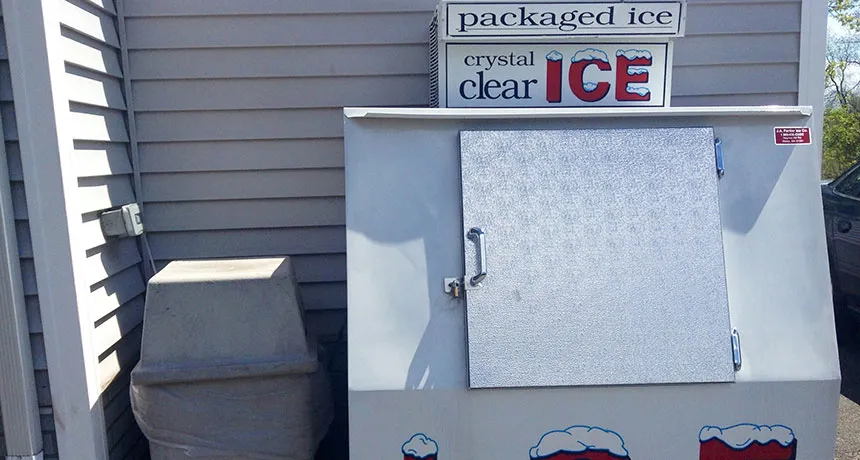Tests turn up dicey bagged ice

IN THE BAG If safe handling procedures aren’t followed, bacteria and other contaminants can end up in bagged ice.
Mike Mozart/flickr (CC BY 2.0)

IN THE BAG If safe handling procedures aren’t followed, bacteria and other contaminants can end up in bagged ice.
Mike Mozart/flickr (CC BY 2.0)